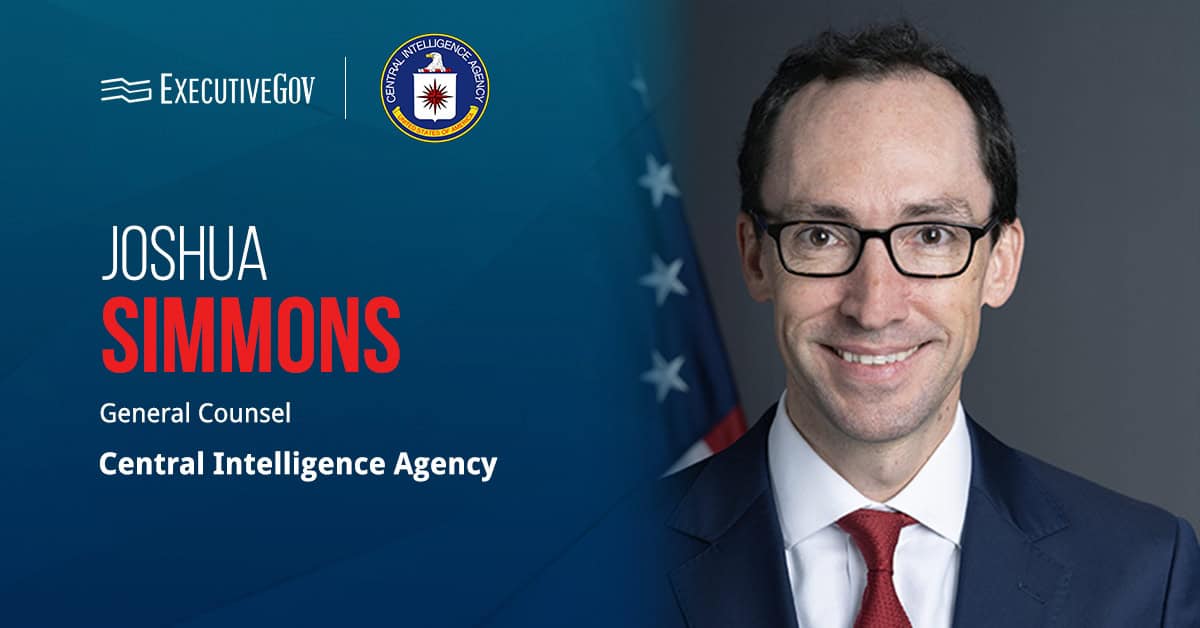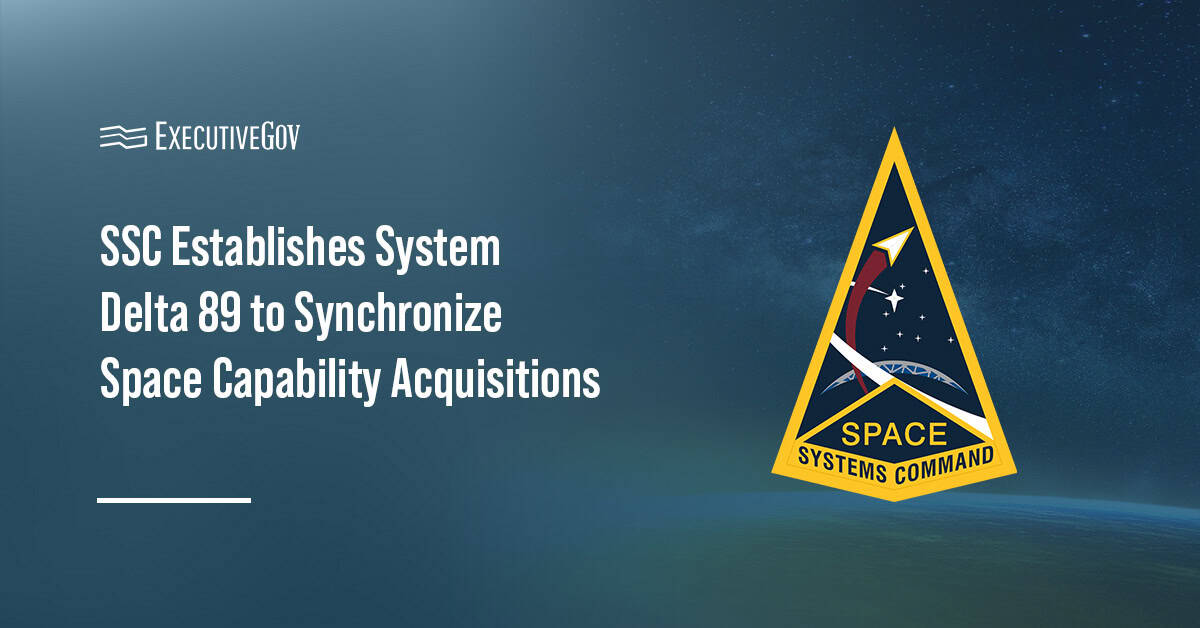Lt. Cmdr. Megan Silvester, an official at the Defense Information Systems Agency, said DISA should enhance its procurement process to integrate new cybersecurity standards and emerging technologies into its offerings, FCW reported Thursday.
“Building a ship isn’t the same as developing software, and in many cases, IT evolves at a faster pace than the acquisition process,” Silvester, product owner of DISA’s account tracking and automation tool, said during a virtual event Thursday. “This creates a real challenge for our customers.”
She noted that improving such processes could help DISA ensure that its cloud offerings “support the mission and not detract from it.”
According to the report, DISA has initiated efforts to enhance the integration of data into product development and acquisition practices, including the release of the Data Strategy Implementation Plan in August.





